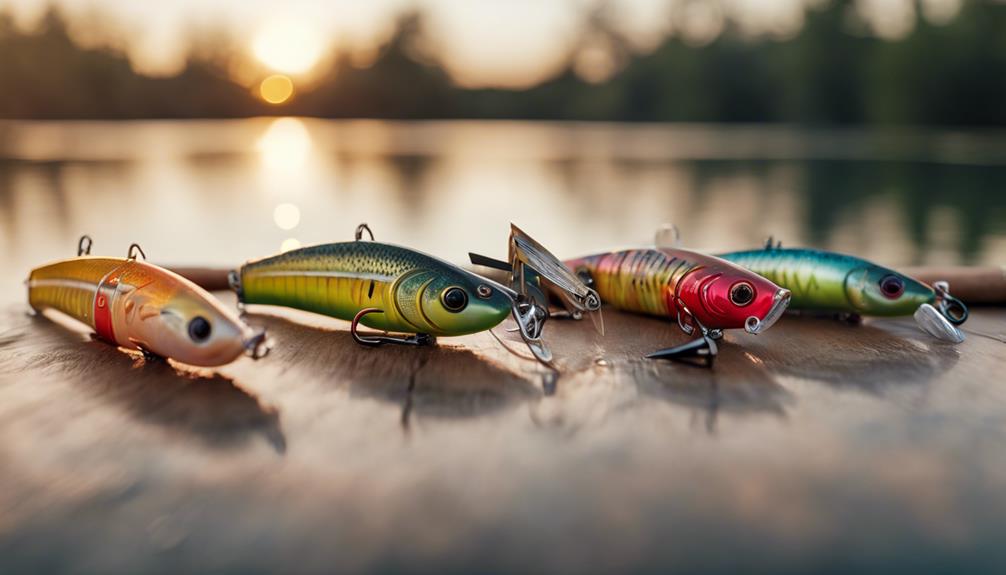What is Streamer Fly Fishing? Understanding the Basics
Streamer fly fishing is a dynamic and exciting method that involves using larger flies to imitate baitfish, leeches, or other aquatic creatures. This technique is particularly effective for targeting predatory fish, such as trout, bass, and pike. The primary objective of streamer fly fishing is to provoke a reaction from these fish, making it an adrenaline-pumping experience for anglers. By understanding the fundamentals, you’ll be better equipped to tackle this thrilling form of fly fishing and increase your chances of landing that trophy catch.
The Best Time for Streamer Fly Fishing: Seasonal Considerations
Timing is crucial when it comes to streamer fly fishing. While you can fish with streamers year-round, certain seasons yield better results. Early spring and late fall are often considered prime times, as fish are actively feeding in preparation for spawning or during colder months. Additionally, during overcast days, streamers can be particularly effective, as fish are more willing to venture out of their hiding spots. Understanding seasonal patterns and fish behavior will enhance your overall fishing experience and success rate.
Choosing the Right Streamer Flies: A Comprehensive Guide
When it comes to selecting the right streamer flies, anglers have a plethora of options. Streamer flies can vary in size, color, and design. Common types include woolly buggers, zonkers, and clousers, each with unique attributes that can attract different species of fish. It’s advisable to have a diverse selection of streamers in your tackle box to match varying water conditions and fish preferences. Pay attention to local baitfish species and mimic their appearance for the best results. Always consider the water clarity and choose colors that stand out or blend in accordingly.
Essential Gear for Streamer Fly Fishing: What You Need
To effectively engage in streamer fly fishing, having the right gear is essential. A good-quality fly rod, typically between 6 to 8 weight, is recommended for casting larger streamers. A matching reel with a strong drag system is also vital, as predatory fish can put up a fierce fight. Additionally, using a weight-forward floating line can help you cast heavier flies farther. Don’t forget about leaders and tippets; a 0X or 1X tippet is often ideal for handling the larger flies and fish associated with streamer fishing. Having the proper gear will not only enhance your performance but also improve your overall enjoyment.
Techniques for Effective Streamer Fly Fishing: Strategies That Work
Mastering the techniques of streamer fly fishing can significantly improve your success on the water. One effective approach is to employ a strip retrieve, where you cast the streamer and then retrieve it in quick, jerking motions. This mimics the erratic movement of distressed baitfish, triggering predatory instincts. Varying your retrieve speed can also yield different results, so experimentation is key. Additionally, try varying your casting angles and depths to find where fish are holding. Remember to pay attention to the water’s structure, as fish often hide near rocks, logs, or vegetation.
Understanding Water Conditions: The Impact on Streamer Fishing
Water conditions greatly influence streamer fly fishing success. Factors such as water temperature, clarity, and flow can affect fish behavior and feeding patterns. For instance, in colder water, fish tend to be more lethargic, requiring slower retrieves and smaller streamers. Conversely, in warmer conditions, fish may be more aggressive and responsive to faster retrieves. Observing the water’s clarity is also essential; in murky waters, opt for brighter colors to catch fish’s attention, while in clear waters, more natural colors may be more effective. Adapting your techniques to these conditions is crucial for a successful outing.
Location Matters: Best Places for Streamer Fly Fishing
Finding the right location can make all the difference in your streamer fly fishing experience. Rivers, lakes, and streams that are rich in structure, such as fallen trees, rocks, and weed beds, typically harbor predatory fish. Popular destinations include tailwaters, where the flow is consistent, and fish tend to be more active. Additionally, exploring smaller tributaries and backwaters can reveal hidden gems where fish congregate. Don’t hesitate to venture off the beaten path; some of the best fishing spots are often less crowded and more rewarding.
Tips for Success: Streamer Fly Fishing Like a Pro
To elevate your streamer fly fishing game, consider these expert tips. First, practice your casting techniques to achieve accuracy and distance, which are crucial for enticing fish. Second, always be observant; watch for fish rising or activity on the water’s surface, indicating where to cast your streamer. Third, don’t be afraid to switch up your flies and techniques if you’re not getting bites. Patience and adaptability are key traits of successful anglers. Lastly, keep a fishing journal to track your successes and failures, helping you refine your approach over time.
In conclusion, streamer fly fishing is a rewarding and exhilarating way to engage with nature and pursue your passion for fishing. By understanding the basics, selecting the right gear, mastering techniques, and adapting to water conditions, you can enhance your experience and increase your chances of landing that trophy fish. Whether you’re a seasoned angler or a beginner, the art of streamer fly fishing offers endless opportunities for adventure and skill development. So grab your gear and get ready to experience the thrill of the chase!
